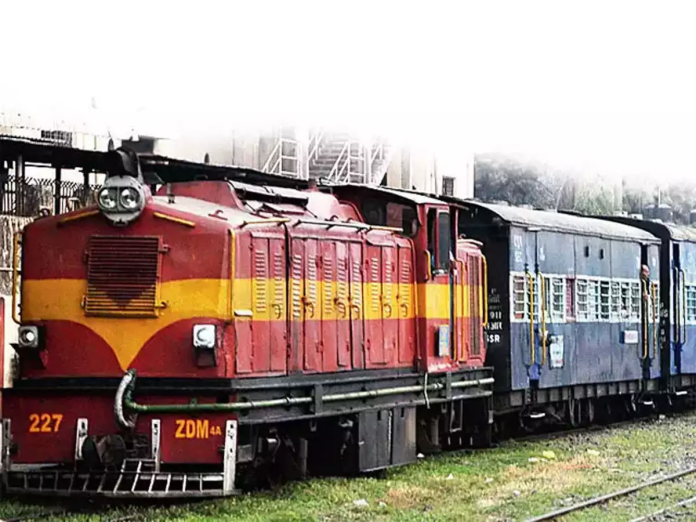In a renewed efforts, Indian Railways has begun the exercise of corporatising all its production companies to make these units market driven and export oriented with the Empowered Group of Secretaries taking up the stock afresh.
The issue was taken up at the latest high level meeting attended by senior most officials from Finance, NITI Aayog and the Railways to merge eight production units including three each of coach and cocomotive manufacturing units and two wheel factories into one giant entity.
The merger of 46 workshops with the proposed rolling stock company would be taken up at the next stage as the immediate focus is to work out the final blueprint to hive off the eight production units into an autonomous structure under a corporate structure, said a participant in the EGOS meeting.
The idea of hiving off the seven production units of the Indian Railways into a single entity, called the Indian Railways Rolling Stock Company, was floated as part of the 100 days action plan of the Indian Railways last year.
However, the process was slowed down after the pandemic outbreak, which was taken up again amid the sign of revival of the economy.
A presentation was made at the meeting with details of all existing coach, loco and wheel manufacturing units of railways and how to make these units strong and viable in the world market with the latest technological collaboration.
As far as coaches are concerned, it was made clear that by 2030 all coaches in railways would be LHB as no more conventional coaches are being manufactured at ICF Chennai.
Similarly now the focus is on manufacturing of electric locomotives and phasing out of all diesel locos in a phased manner since railways is going ahead with 100 percent electrification.
Till now all these units have railways as captive buyers and their productions were depending upon budgetary support.
But with changing times, the corporatisation was long overdue as most of these units are not a force to reckon with in the market, it was felt.
The corporate structure is expected to free these units from the rigid bureaucratic system of the government which would result in gaining flexibility and ensure improving the efficiency in a coordinated approach.
These units which are suffering from technological stagnation, would be able to infuse new technology and also garner the financial resources to enter the international market in a competitive way.


